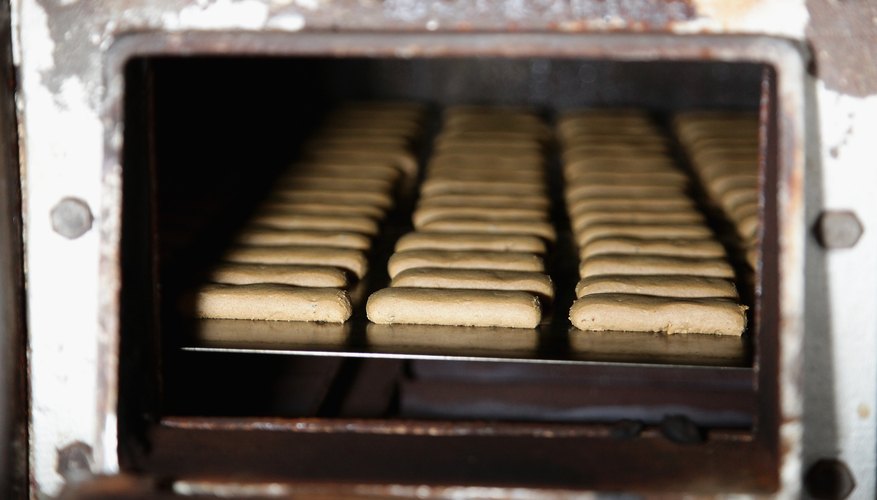Shortbread is one of the simplest sweet treats we can easily prepare for ourselves and for loved ones as gifts. It is most closely associated with Scotland and tartan metal boxes of shortbread fill the shelves of supermarkets, particularly around Christmas time. Although making it yourself is easy enough, there are fundamentals that must be stuck to in order for your shortbread to turn out perfectly. It should be crumbly, but not too crumbly; firm, but not hard; and sweet but not too sweet.
Recipe
The magic ratio is one part caster sugar to two parts butter to three parts plain flour. A good place to start is 60g (2 oz) sugar, 120g (4 oz) butter and 180g (6 oz) flour. You have to first cream the butter (which has been allowed to soften) with the sugar. Use an electric whisk if you want. Then gradually sift the flour in, mixing it with your hands until smooth. Roll out to about half a centimetre or a quarter of an inch and cut into shapes. Put in the oven at 160 degrees C (340F) for about 15 to 20 minutes.
- The magic ratio is one part caster sugar to two parts butter to three parts plain flour.
- A good place to start is 60g (2 oz) sugar, 120g (4 oz) butter and 180g (6 oz) flour.
Flour
If your shortbread mixture has too much flour in, it will be way too crumbly when it’s cooked. If you accidentally add too much flour, simply make up a little more butter and sugar mix and add it before baking.
Buttered up
The butter you use must be real butter and not a substitute. Some cooking margarines can work, but any old spread won’t. Just get the real thing and you can’t go wrong. Although the recipe calls for softened butter don’t be tempted to melt it – the mixture must be cool before it is cooked. If you have time, try putting your mixture in the fridge covered in cling film for 20 minutes before you roll it and bake it.
- The butter you use must be real butter and not a substitute.
- If you have time, try putting your mixture in the fridge covered in cling film for 20 minutes before you roll it and bake it.
The cooking
The problem with your overly crumbly shortbread could easily be in the cooking. Keep an eye on your shortbread when it’s in the oven, because all ovens are slightly different. You don’t want your shortbread to be browned – overcooked – but you do want it to be cooked through. Try lowering the temperature of your oven and cooking for longer.
- The problem with your overly crumbly shortbread could easily be in the cooking.
- Keep an eye on your shortbread when it’s in the oven, because all ovens are slightly different.
